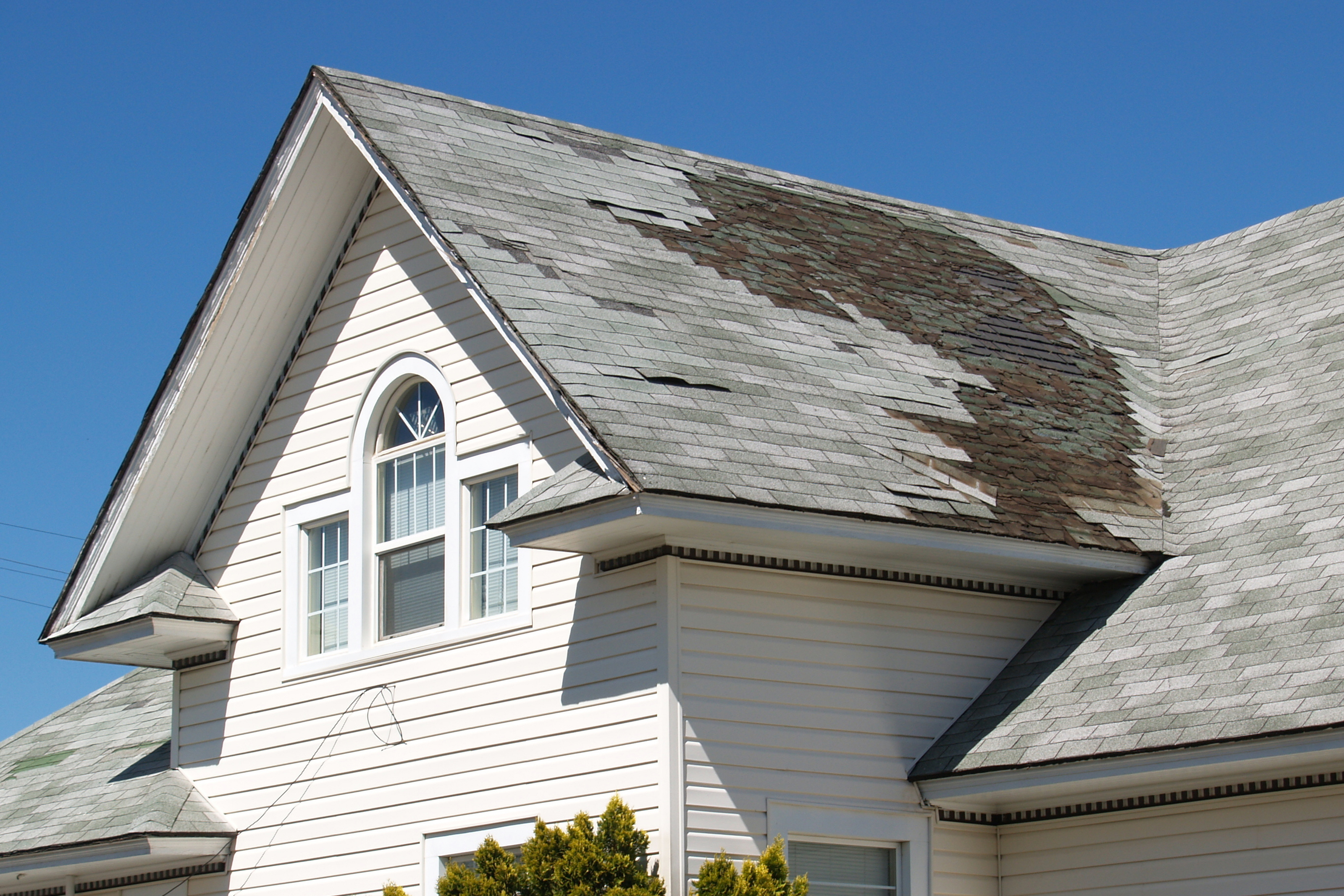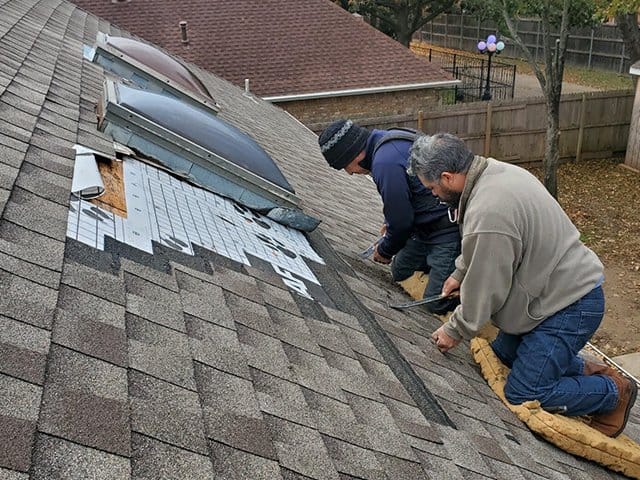Comprehending the Different Sorts Of Roofing Systems: A Comprehensive Overview for Homeowners
With a selection of alternatives-- ranging from the conventional gable to the contemporary flat-- each type presents distinct advantages and difficulties that must line up with the homeowner's ecological considerations and specific requirements. As we explore the complexities of various roofing system types, it ends up being apparent that one size does not fit all; the best choice may shock you.
Gable Roof Coverings
Gable roofs, characterized by their triangular form, are amongst one of the most prominent roofing styles due to their simpleness and performance in losing water and snow. This layout includes two sloping sides that meet at a ridge, enabling reliable drain and lessening the threat of water buildup. The steep pitch typically connected with saddleback roofs boosts their capability to manage hefty rainfall, making them appropriate for different environments.
Along with their sensible benefits, saddleback roofs offer aesthetic convenience. They can be adapted to numerous building styles, from traditional to contemporary homes. The design can likewise accommodate added functions such as dormer home windows, which enhance natural light and air flow in the attic area.
Additionally, saddleback roofs provide adequate room for insulation, adding to energy effectiveness. Property owners can pick from a range of roof covering products, consisting of asphalt roof shingles, metal, and floor tiles, further improving customization options.
Regardless of their benefits, saddleback roofs might need added support in areas prone to high winds or heavy snowfall. Overall, the saddleback roof stays a favored selection because of its blend of performance, longevity, and visual appeal.
Apartment Roofs
Level roofs are frequently acknowledged for their minimal design and functional applications, specifically in commercial and industrial settings (oahu roofing). These roofs include a horizontal or nearly horizontal surface area, which permits for easy construction and flexible room utilization. While they might lack the visual appeal of angled roofs, flat roof coverings use countless advantages, particularly in urban atmospheres where taking full advantage of space is critical
One of the primary benefits of level roof coverings is their ease of access. Homeowners can utilize the roof covering area for various objectives, such as roof gardens, terraces, or solar panel installments. Furthermore, flat roofing systems are generally more economical to install and maintain compared to their sloped equivalents, as they need fewer products and labor.
However, flat roof coverings do present specific challenges. Proper water drainage is vital to protect against water pooling, which can lead to leakages and structural damage. Therefore, selecting top quality waterproofing products and normal evaluations are vital for ensuring longevity. Common products made use of for flat roof coverings include built-up roofing (BUR), changed bitumen, and single-ply membranes, each offering unique benefits. In general, level roofing systems offer as a practical and versatile selection for numerous house owners and services alike.
Hip Roofs
Hip roofs are characterized by their sloped sides that converge at the top, forming a ridge. This layout is distinct from saddleback roofs, as all four sides of a hip roofing slope downwards toward the wall surfaces, giving an extra secure framework. The angle of the inclines can vary, permitting for convenience in building looks and functionality.
Among the key benefits of hip roofing systems is their ability to hold up against hefty winds and damaging weather condition conditions. The sloped surface areas allow much better water drain, lowering the danger of leakages and water damages. Additionally, hip roof coverings use raised attic room room, which can be made use best site of for storage and even transformed into comfortable locations.
Nonetheless, creating a hip roof covering can be much more expensive and intricate than less complex roof covering kinds, such as saddleback roofs. The added material and labor included in developing the slopes and ensuring proper structural stability can result in higher expenses. Despite these drawbacks, several property owners favor hip roof coverings for their sturdiness, visual allure, and possibility for energy performance.
Mansard Roofs
Mansard roof coverings, typically acknowledged by their special four-sided layout, function 2 slopes on each side, with the lower slope being steeper than the top. This building design, stemming from France in the 17th century, is not just visually enticing but useful, as it makes best use of the useful space in the top floorings of a building. The high lower incline permits even more clearance, making it an ideal choice for attic rooms or loft spaces, which can be transformed right into living spaces.
Mansard roofs are defined by their versatility, accommodating numerous building styles, from conventional to modern-day. They can be created with different products, consisting of asphalt tiles, slate, or metal, offering home owners with a series of options to fit their spending plans and choices. In addition, the design enables the assimilation of dormer windows, enhancing natural light and air flow in the upper levels.
However, it is vital to take into consideration the possible drawbacks. Mansard roofing systems may require even more maintenance because of the complexity of their design, and their high inclines can be testing for snow and rain overflow. On the whole, mansard roofings combine elegance with practicality, making them a preferred option amongst property owners looking for unique building features.
Dropped Roofs
As home owners increasingly look for simplicity and capability in their building designs, lost roof coverings have become a prominent selection. Identified by a solitary linked here sloping airplane, a shed roof presents a minimalist aesthetic that enhances various home designs, from contemporary to rustic.
One of the main advantages of a shed roof covering is its uncomplicated building, which usually translates to reduce labor and material prices. This layout enables for reliable water drain, minimizing the danger of leaks and water damage. Furthermore, the upright incline provides enough area for skylights, boosting all-natural light within the interior.
Dropped roofs additionally supply adaptability in terms of use. They can be properly incorporated right into enhancements, garages, or outside frameworks like pavilions and sheds. Furthermore, this roofing system design can suit numerous roof materials, consisting of steel, asphalt tiles, or also environment-friendly roof coverings, lining up with environmentally friendly campaigns.
Nevertheless, it is important to think about regional climate problems, as hefty snow loads might demand adjustments to the roof covering's angle or structure. On the whole, dropped roofs present a useful and aesthetically pleasing choice for house owners wanting to optimize functionality without endangering design.
Conclusion


Gable roofs, identified by their triangular shape, are amongst the most preferred roof covering designs due to their simplicity and effectiveness in dropping water and snow. oahu roofing. The steep pitch typically linked with gable roof coverings boosts their capability to handle hefty precipitation, making them suitable for different environments
While they may do not have the visual allure of pitched roofs, level roof coverings use numerous advantages, especially in city atmospheres where making best use of space is vital.

Comments on “Roofers Oahu: Proficient Professionals for Roof Installations and Repairs”